Face Shapes
The first systematic approach to styling hair and applying make-up by face shape was developed in the 1930s by Ern and Perc Westmore. Like other members of the Westmore family the two brothers had extensive experience in hairdressing and make-up in Hollywood film studios. In 1930, Perc Westmore was the make-up director at Warner Brothers–First National and Ern Westmore was in a similar position at RKO.
Seven Face Types
The system developed by Ern and Perc recognised seven main face types: Oval, Round, Square, Oblong, Triangle, Inverted Triangle and Diamond.
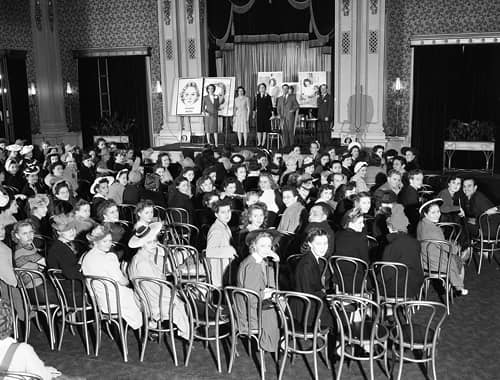
Above: 1941 Demonstration of the seven face types.
In 1937, Perc Westmore outlined each type, along with some Complex Types – such as Oblong-Oval or Square-Round – in a series of newspaper articles. Each article covered one face type along with some make-up and hair styling ‘rights and wrongs’. In 1939, Perc condensed this information into a booklet, ‘Perc Westmore’s perfect make-up guide’. He left out the Complex Types but included the ‘don’ts and dos’ for each face shape. The example below is for the Diamond Type:

Above: 1939 Don’ts and Dos for the Diamond Face Type using Claudette Colbert [1903-1996] as the model (Westmore, 1939, p. 13). Actresses were used as examples for each face type, to strengthen the idea that the practice was used in Hollywood.
The face typing described by Perc was an offshoot of the Corrective Make-up system he developed at Warner Brothers–First National in 1934 (Westmore, 1935). This, in turn, was based on work the two brothers had done with Max Factor earlier in the decade which was founded on the premise that the ideal face shape was oval.
See also: The Ideal Face
According to this proposition, if the ideal face shape was oval a woman could improve her attractiveness by using hair styling and make-up to create the illusion that her face was closer to oval than it was in reality. This meant that before a woman could enhance her beauty she first needed to know the shape of her face.
Perc was so enamoured with this general principle that he created a device to determine the face shape of actresses that came into his make-up department at Warner Brothers. The apparatus has probably been lost for good but fortunately its action has been captured on film.
Above: 1939 ‘Screen Snapshots: Hollywood Make-Up Artists’. Towards the end of the movie Bud Westmore [1918-1973] also demonstrates a correct and incorrect make-up and hair style for an Oblong face.
Perc also included a measuring wheel in his 1939 booklet so that women could work out the shape of their face at home.

Above: 1939 Measuring wheel.

Above: 1939 Instructions for the measuring wheel.
1. Carefully place a tape measure at your hairline. allow it to fall down over the eye and cheek to the point of the chin. This is known as the B measurement.
2. Place a small dot in the center of each ear lobe with your eyebrow pencil. Be sure the dot is in the exact center and not on the tip of the ear.
3. Place the tape at the small dot in the center of your right ear lobe. Carefully bring the tape measure around to the left ear lobe. This is known as the A measurement.
4. This illustrates what you should NOT do with you tape measure in taking the A measure. This part of the face is very flexible and must be measured carefully—not tightly.
(Westmore, 1939, pp. 28-29)
Five Face Types
The Seven Face Types were used by other Westmore Brothers but, after the Second World War, Ern Westmore switched to a simpler system with only five face types: Oval, Round, Square, Oblong, and Triangle. A detailed exposition of each type can be seen in the promotional film ‘Why Men Leave Home’ (Babb & Kenton, 1951). The make-up segment, which was often cut from later versions of the film, shows the five face types and Ern applying make-up.
The five face types can also be seen in the book, ‘Beauty, Glamour and Personality’ (1947), that Ern co-authored with his brother Bud Westmore [1918-1973] and in the promotional work Ern did with the Charles Antell company in the 1950s.
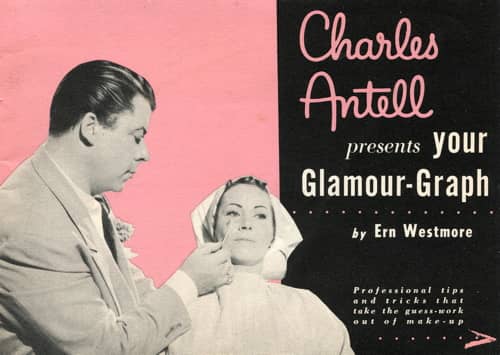
Above: Charles Antell Glamour-Graph with Ern Westmore.
Also see the company booklet: Charles Antell presents your glamour-graph by Ern Westmore (c.1956)
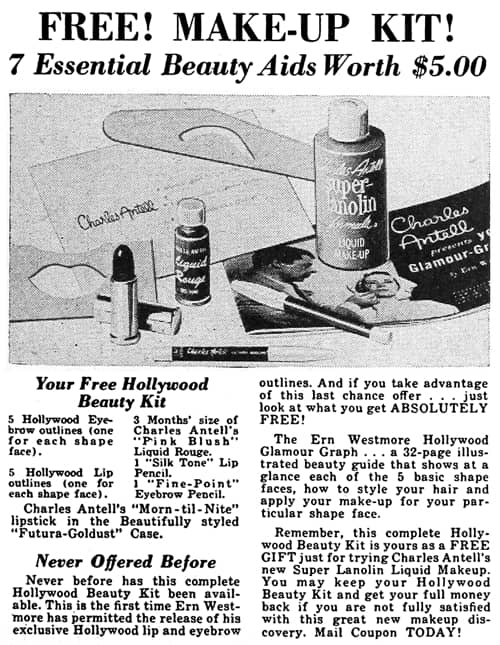
Above: 1956 Charles Antell Hollywood Beauty Kit with Ern Westmore Glamour-Graph.
Although this was simpler than the earlier model the principles were the same as was the advice given.
See also: House of Westmore
Current usage
The idea of styling hair and make-up according to face shape is still in circulation. Many still use seven or five face shapes, others included different shapes – such as heart and pear – and some do not acknowledge the oval ideal. However all, in some way or other, are are built on the work done by the Westmores.
See also: Corrective Make-up (Contouring)
First Posted: 30th May 2018
Last Update: 29th August 2021
Sources
Babb, K. (Producer), & Kenton, E. C. (Director). (1951). Why men leave home [Motion picture]. United States: Hallmark.
Charles Antell. Charles Antell presents your glamour-graph by Ern Westmore. [Booklet]. USA: Author.
Screen snapshots: Seeing Hollywood with Harriet Parsons [Motion picture] Series 19, No. 1. (1939). United States: Columbia Pictures.
Westmore, F., & Davidson, M. (1976). The Westmores of Hollywood. London: W. H. Allen.
Westmore, E., Westmore, W., Westmore, B., Westmore F., & Westmore M. (1956). The Westmore beauty book. Chicago: Melvin Korshak.
Westmore, E., & Westmore, B. (1947). Beauty, glamour and personality. Sandusky, OH: Prang Company.
Westmore, P. (1935). Corrective makeup as an aid to cinematography. American Cinematographer, 16(5), May, 188, 198.
Westmore, P. (1939). Perc Westmore’s perfect make-up guide. With measuring wheel to type your own face [Booklet]. Hollywood, CA: House of Westmore.

Perc (Percival) Westmore [1904-1970] and his twin brother Ern (Ernest) Westmore [1904-1968].

Westmore Seven Face Types.

Perc Westmore’s apparatus for measuring face shapes (‘Screen snapshots’, 1939).

Perc Westmore using his apparatus on the actress Rosemary Lane [1914-1974] whom he determines has a square face type (‘Screen snapshots’, 1939).
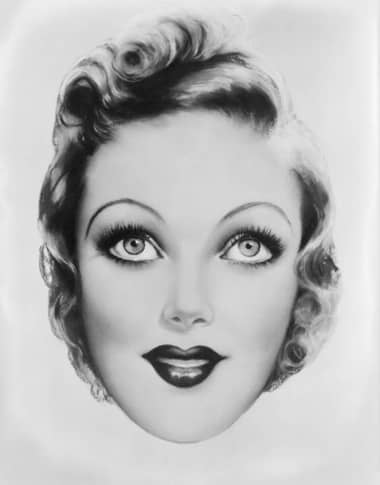
Image of Loretta Young [1913-2000] used to demonstrate incorrect hair and make-up for an oblong face.
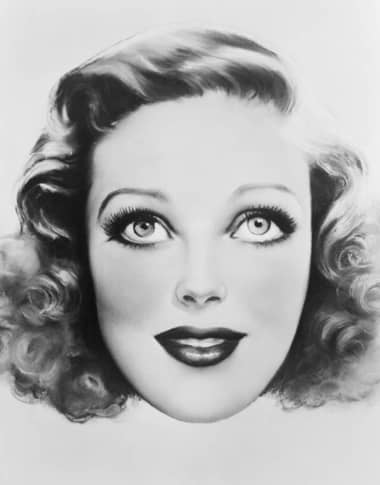
Loretta Young used to demonstrate correct hair and make-up for an oblong face – a long narrow face with hollow cheeks.
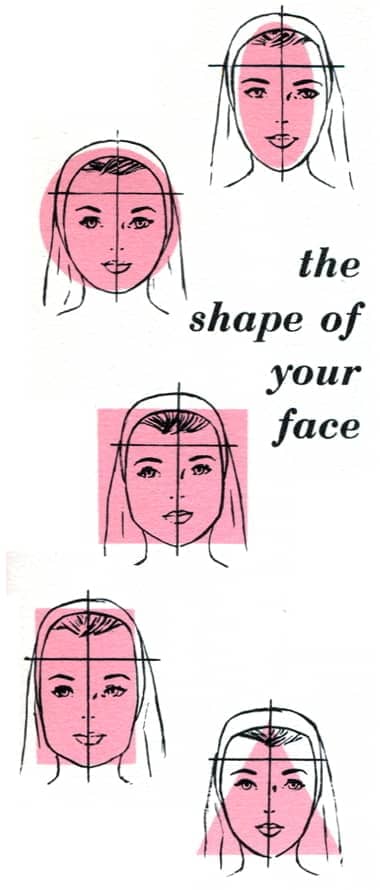
Westmore Five Face Types.
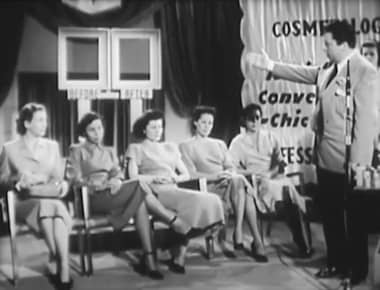
1951 Ern Westmore demonstrating the Five Face Types (Babb & Kenton, 1951).
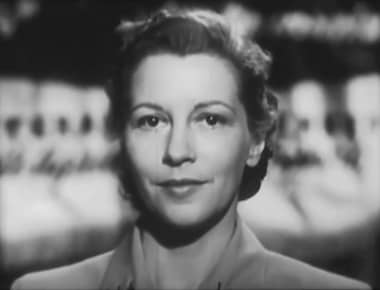
Miss Oval—Julie Bishop (Babb & Kenton, 1951).

Miss Square—Rita Leonard (Babb & Kenton, 1951).

Miss Round—Virginia Hunt (Babb & Kenton, 1951).
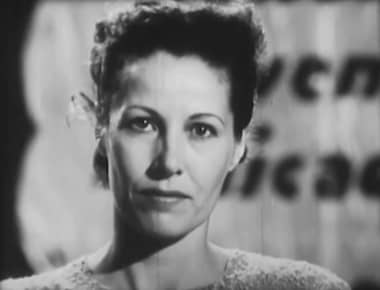
Miss Oblong—Betty Bowen (Babb & Kenton, 1951).
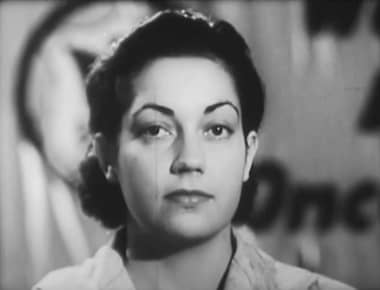
Miss Triangle—Martha Clemons (Babb & Kenton, 1951).
